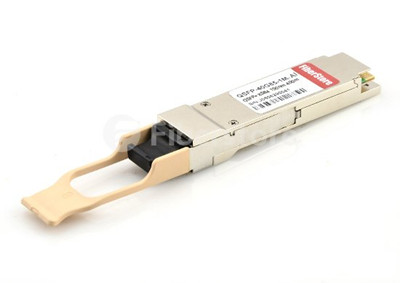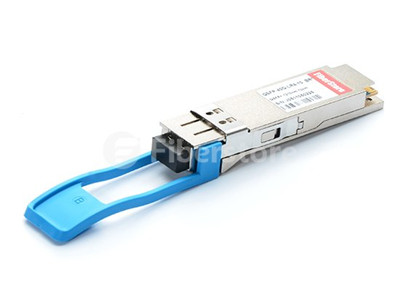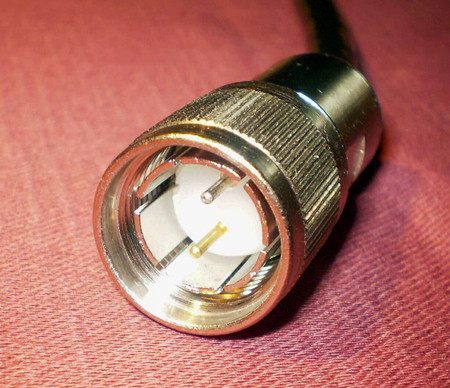Ethernet and Fibre Channel are the two typical networks that data center will utilize to present operational and maintenance issues. Traditional Ethernet is a family of frame-based computer networking technologies for local area networks (LANs), whereas Fibre Channel is used for storage area networking (SANs). Fiber over Ethernet (FCoE) is a storage networking protocol that supports Fibre Channel over Ethernet. This article will provide an overview of FCoE, describe the importance to data center that make up the new ecosystem, and explains how the technology is developed today.
What Is FCoE?
Today’s network use different protocols to send information between devices, FCoE is a newly proposed standard that encapsulates Fibre Channel frames into an Ethernet frame at the server (Figure 1), allowing them to run alongside traditional Internet Protocol (IP) traffic. The server encapsulates Fibre Channel frames into Ethernet frames before sending them over the LAN and de-encapsulates them when FCoE frames are received. Server I/O consolidation combines the NIC and host bus adapter (HBA) cards into a single converged network adapter (CNA), which reduces server cabling and power/cooling needs. At present, the Ethernet frame is removed at the Ethernet edge switch to access the Fibre Channel frame, which is then transported to the SAN.
Today’s network use different protocols to send information between devices, FCoE is a newly proposed standard that encapsulates Fibre Channel frames into an Ethernet frame at the server (Figure 1), allowing them to run alongside traditional Internet Protocol (IP) traffic. The server encapsulates Fibre Channel frames into Ethernet frames before sending them over the LAN and de-encapsulates them when FCoE frames are received. Server I/O consolidation combines the NIC and host bus adapter (HBA) cards into a single converged network adapter (CNA), which reduces server cabling and power/cooling needs. At present, the Ethernet frame is removed at the Ethernet edge switch to access the Fibre Channel frame, which is then transported to the SAN.

FCoE combined with the advent of 10 Gigabit Ethernet (10 GE) fabrics will grant companies the ability to consolidate their I/O, cables, and adapters while at the same time increase the utilization of their servers. Conceptually FCoE can be broken down into three components: encapsulation of a Native Fibre Channel Frame into an Ethernet frame , the extension of Ethernet to become a lossless fabric, the replacing of a Fibre Channel link with MAC addresses in a lossless Ethernet fabric.
Why Is FCoE Important to the Data Center?
I/O consolidation is simple in concept: the sharing of both Fibre Channel and Ethernet traffic on the same physical cable or in cases that network isolation is desired, the flexibility to use and configure the same hardware for either type of network load. The benefits end-users will realize from this simple idea are significant. Companies that leverage I/O consolidation will be able to realize significant gains in server slot efficiency with the use of multi-function network/storage. These benefits are further detailed below.
I/O consolidation is simple in concept: the sharing of both Fibre Channel and Ethernet traffic on the same physical cable or in cases that network isolation is desired, the flexibility to use and configure the same hardware for either type of network load. The benefits end-users will realize from this simple idea are significant. Companies that leverage I/O consolidation will be able to realize significant gains in server slot efficiency with the use of multi-function network/storage. These benefits are further detailed below.
I/O consolidation means a customer can use multi-function network/storage adapters in place of single-function network-specific and storage-specific cards, thereby reducing the number of server slots and switch ports, as well as reducing the number of power consumed for I/O and necessary cooling. This also results in fewer points of management administrators will have to control. A reduction in NICs through I/O consolidation has an additional important advantage. The ability to cool a set amount of heat generated per rack is the primary barrier to data-center expansion and inefficiency encountered today. Reducing the amount of NICs in servers can reduce the amount of heat those servers generate.
Looking Ahead
As enterprise data centers converge Ethernet and Fibre Channel networks, they can improve performance and reduce power consumption, infrastructure complexity, and cost. The Third generation FCoE architecture with the exception that the core switch now forwards the FCoE frame directly to storage where the Fibre Channel frame is accessed. This architecture solution reduces the server interconnect cabling and adapter card number by at least 50 percent, eliminates the Fibre Channel HBA to SAN optical fiber trunk cable and eliminates the core switch to SAN director fiber trunk cable. Optical connectivity shall be in accordance with IEEE 802.3ae (10GBASE-SR) utilizing OM3 optical fiber.
As enterprise data centers converge Ethernet and Fibre Channel networks, they can improve performance and reduce power consumption, infrastructure complexity, and cost. The Third generation FCoE architecture with the exception that the core switch now forwards the FCoE frame directly to storage where the Fibre Channel frame is accessed. This architecture solution reduces the server interconnect cabling and adapter card number by at least 50 percent, eliminates the Fibre Channel HBA to SAN optical fiber trunk cable and eliminates the core switch to SAN director fiber trunk cable. Optical connectivity shall be in accordance with IEEE 802.3ae (10GBASE-SR) utilizing OM3 optical fiber.
Summary
FCoE offers a data center unified fabric solution that simplifies operational and maintenance of the cabling infrastructure. FCoE facilitates utilization of low-cost Ethernet electronics and OM3 or OM4 optical connectivity to support 10, 40 and 100 Gigabit data rates. Fiberstore has great advantage of 1000BASE-T/SX/LX SFP, BiDi SFP, 10GBASE-SR/LR SFP+, DWDM SFP+, whole series 40G QSFP+ optics and cables, as well as the 100G CFP2 and CFP4, etc. which help you solve the cost issue in fiber project. Especially the 40G QSFP optics, with the passive optic design, they can be compatible with all the equipment of all major brands.
FCoE offers a data center unified fabric solution that simplifies operational and maintenance of the cabling infrastructure. FCoE facilitates utilization of low-cost Ethernet electronics and OM3 or OM4 optical connectivity to support 10, 40 and 100 Gigabit data rates. Fiberstore has great advantage of 1000BASE-T/SX/LX SFP, BiDi SFP, 10GBASE-SR/LR SFP+, DWDM SFP+, whole series 40G QSFP+ optics and cables, as well as the 100G CFP2 and CFP4, etc. which help you solve the cost issue in fiber project. Especially the 40G QSFP optics, with the passive optic design, they can be compatible with all the equipment of all major brands.

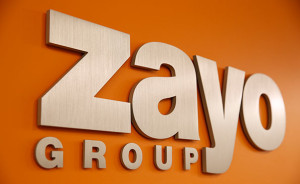 Telecom infrastructure company Zayo Group Holdings will make an investment of $14 million to provide fiber-to-the-tower (FTT) to 78 new towers in Indiana to serve a wireless customer.
Telecom infrastructure company Zayo Group Holdings will make an investment of $14 million to provide fiber-to-the-tower (FTT) to 78 new towers in Indiana to serve a wireless customer.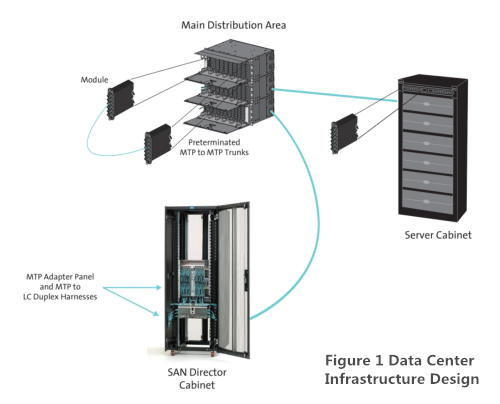
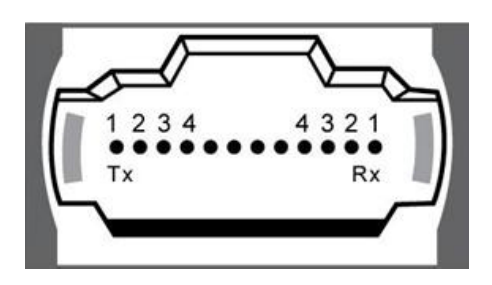
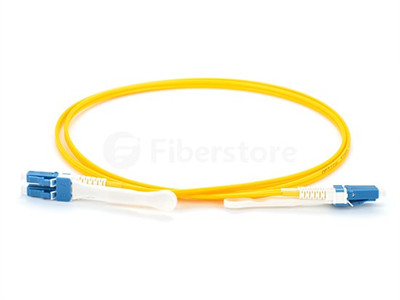
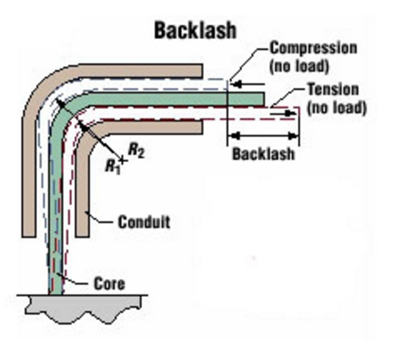
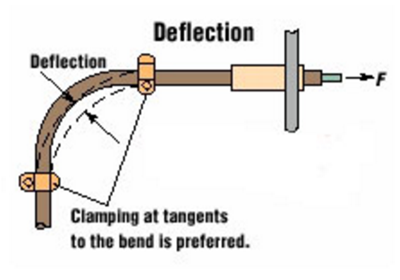
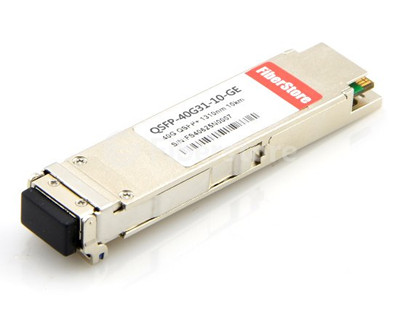
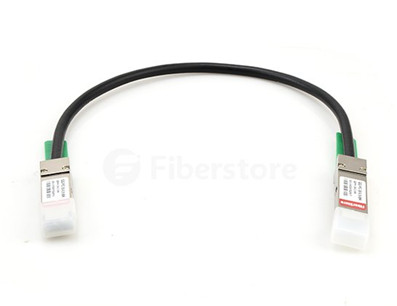
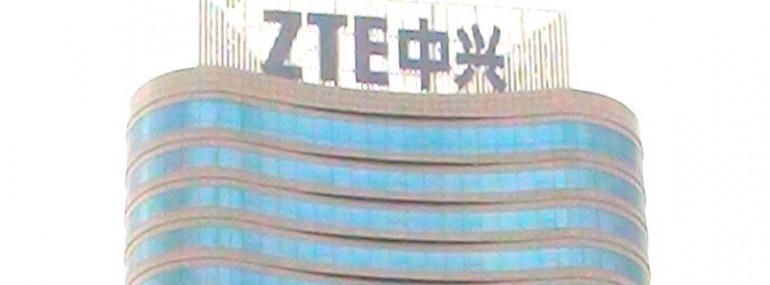 Chinese networking vendor ZTE maintained its strong profit growth in 2015, but this time it was fuelled by a healthy jump in revenues as much as cutting overheads.
Chinese networking vendor ZTE maintained its strong profit growth in 2015, but this time it was fuelled by a healthy jump in revenues as much as cutting overheads.